For several months, our team avoided discussing publicly internal issues to prevent potential Russian exploitation for propaganda. However, as these problems become increasingly visible and publicly acknowledged, we've chosen to openly discuss them. This article will consist of two parts. The first part will provide an analysis of the situation on the Ukrainian side, outlining challenges and potential solutions. The subsequent part, to be published later, will analyze the situation on the Russian side.
Keep in mind, that this is only the first part. While the situation may seem grim for the Ukrainian side, the outlook for the Russian side is not particularly promising and will be discussed in the second part.
Part 1.
As Russian forces persist in pressuring Ukrainian troops in Avdiivka, it is becoming evident that the fall of Avdiivka is not a matter of if, but when. Simultaneously, Russia continues its offensive operations in the Kupiansk, Bakhmut, and Bilohorivka areas. In this discussion, our team has decided to zoom out from the operational and tactical situation, providing additional insights on a more macro level and addressing internal issues in both Ukraine and Russia.
Defense Plan for 2024.
Since the conclusion of the Ukrainian summer counter-offensive, Russian forces have regained strategic initiative, recommencing offensive operations in various frontline areas. The suggested plan for Ukraine in 2024 is to dig in and construct fortifications to minimize territorial and human losses. Unfortunately, this appears to be the only viable, albeit "forced," plan for Ukraine in 2024 unless substantial foreign aid is received and radical mobilization measures are implemented. While this plan is logical, it is not an ideal option. The lack of artillery ammo leaves Ukrainian troops, even in fortified positions, essentially as placeholders exposed to artillery shells – a demoralizing situation that undermines the willingness of people to fight or join the military. Occupying trenches, even with dugouts and fortifications, is not entirely safe due to the threat of explosive drops from drones, aerial-dropped 500 KG FAB bombs, and artillery shelling targeting evacuation teams or rotating troops. This precarious situation may lead to a dangerous narrative where Ukraine continuously loses people and territories along the frontline, reversing the positive trend from the second half of 2022 when significant areas were deoccupied. Our team believes that countering gliding aerial bombs and effectively responding to enemy artillery requires the necessary ammo and weaponry supplies from Western countries. Thus, Ukraine must receive an emergency ammo package to effectively counter these problems.
Mobilization.
The problem of adequately staffing military units has existed for a long period. Most individuals have been engaged in combat for nearly two years, undergoing rare and non-systematic, short rotations that are insufficient for a full restoration of their physical and, more importantly, mental well-being. When those who enlisted in February 2022 see that less than half of their fellow soldiers are still alive or possess intact limbs in 2024, it seriously demoralizes them, creating the perception that the only exit from the military is through death or limb loss. While an upcoming mobilization law in Ukraine aims to address this issue, it is still a serious problem.
Although Ukraine urgently needs mobilization efforts to not only replace hundreds of thousands of individuals engaged in combat but also to establish new offensive capabilities, multiple problems are undermining these efforts that many media outlets and analysts prefer to avoid discussing.
Despite official claims stating that Ukraine inflicts casualties at a ratio of 10:1 in some cases, the reality is far more somber. While Ukraine does indeed cause high casualties to Russian forces, it is important to keep in mind the demographic disparity between the two countries. Official Ukrainian population data often includes individuals in Crimea and occupied territories, legally considered Ukrainian but practically out of the reach of Ukraine for mobilization purposes. This challenge is worsened by the fact that between 2014 and 2021, many individuals left Ukraine and lived abroad at the time of the invasion. Additionally, millions have departed since the 2022 invasion, although mostly comprising women, children, and the elderly, with some having returned. Analyzing Ukraine's population pyramid shows that the 20-30 age group is the smallest, second only to the 75+ group. Mobilizing this age group might be necessary, yet it will have negative long-term consequences for the future of the Ukrainian nation for generations to come.
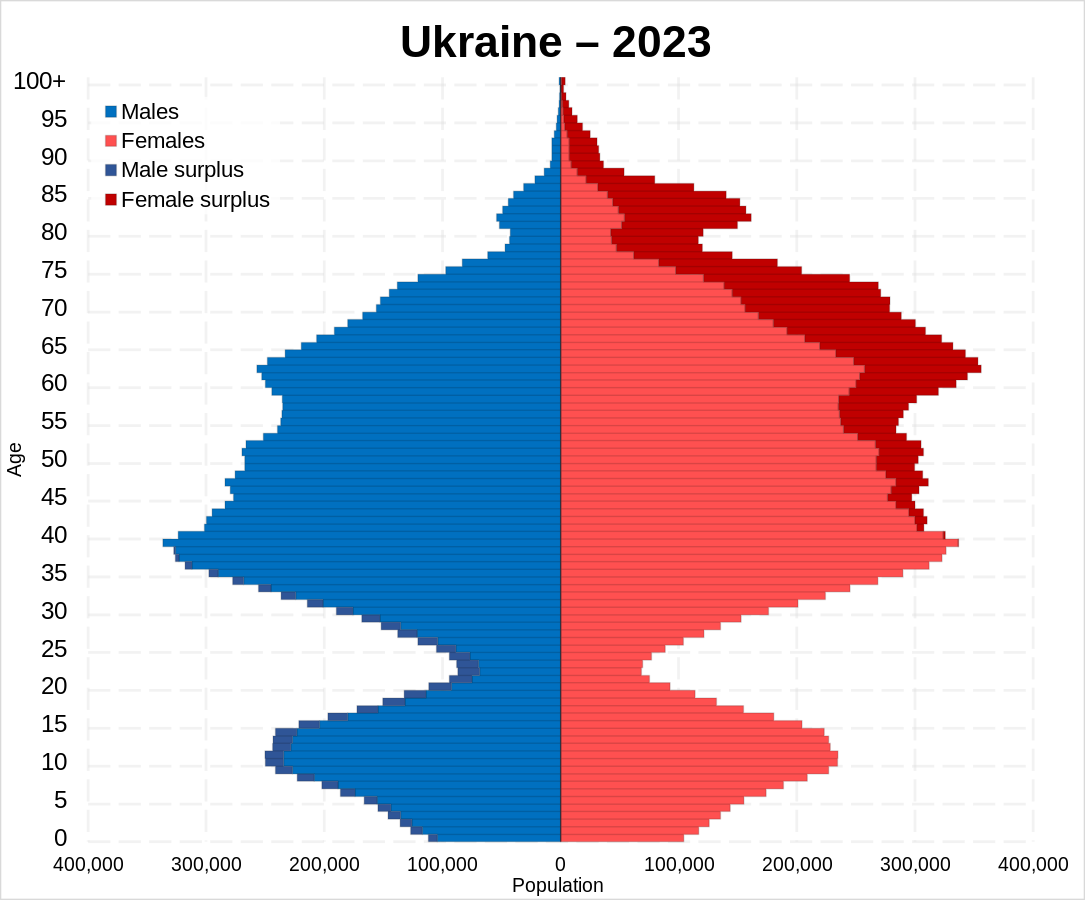
When it comes to mobilization challenges, the fundamental truth is that it is hard to join an army that is facing a myriad of setbacks. While media narratives may emphasize the destruction of the Black Sea fleet as a substantial victory for Ukraine—a viewpoint our team agrees with—the perspective of soldiers in the trenches paints a different picture. The everyday reality remains marked by a lack of personnel and ammunition, and an inability to counteract enemy artillery and Airforce, perpetuating the perception of an unending struggle for the nearest tree line. This situation makes prospective recruits view themselves as mere placeholders, tasked with dodging grenades dropped from drones or incoming projectiles from tanks and artillery. Consequently, the enthusiasm of people to voluntarily join the troops is waning.
A potential resolution to this problem could have been achieved much earlier if the U.S. had not supplied aid to Ukraine in a slow and limited manner in 2022. Similarly, Europe's failure to expedite artillery ammo production has further exacerbated the ammo shortages faced by Ukrainian forces on the ground. Certainly, it would be unjust to attribute the shortcomings solely to the West, as the Ukrainian leadership also failed to construct adequate fortifications. Moreover, there were unrealistic expectations surrounding a counter-offensive, and defeats were frequently sugarcoated, along with a refusal to acknowledge that the Ukrainian army had reached a deadlock situation. General Zaluzhnyi later explained these challenges in his article for 'The Economist,' offering his valuable vision.
Essentially, Ukraine is in urgent need of ammunition, and only decisive actions from the West can enable Ukraine to effectively address the current situation.
Another uncomfortable truth is that the casualties endured by Ukraine during the Bakhmut operation and the counter-offensive in the south continue to haunt many Ukrainians. For instance, amid the Bakhmut operation, there were reports of individuals being dispatched to Bakhmut - the epicenter of the most intense urban battle in 2023, after undergoing only a basic, one-month training. Although obtaining precise numbers to determine the frequency of such occurrences is almost impossible, rumors and accounts of minimally trained individuals being sent to the semi-encircled Bakhmut began widely circulating in society. While Bakhmut initially unfolded as a success story for Ukraine, with Russians sustaining significant casualties, at times reaching a ratio of 1:7 or 1:10, the situation swiftly changed. Once Russian forces managed to seize Ukrainian flanks and disrupt supply routes, the casualty rates almost equaled. Essentially, Ukraine's most skilled and motivated soldiers were exchanged for Wagner soldiers mostly recruited from prisons. When considering the context that Ukraine's demographics are considerably smaller than Russia's, the loss of Bakhmut, despite the unacceptable human toll for Ukraine, takes on an even more significant and distressing dimension.
The reputation of certain Ukrainian generals has plummeted to the point where they are now likened to Russian counterparts known for deploying careless frontal assaults. This situation is exacerbated by the lack of accountability for such failures or misguided approaches.
While it’s easy to doubt this analysis, one need only look at Ukrainian recruitment centers to observe the absence of lines comprised of prospective recruits. This prompts a logical question: If everything is so well, how is it possible that in a country fighting for its very existence, there are no lines of volunteers at recruiting centers anymore?
The Divergence in Strategic Vision.
Our team has been informed about escalating tension between the Presidential office and the Commander-in-Chief, Valerii Zaluzhnyi, for over a year, although it has only recently come to public attention. Such differences in perspective between military and political leadership are not uncommon in the context of war. What might appear politically advantageous may not be viewed positively from a purely military standpoint, and vice versa. While this challenge is not unique to Ukraine, it has reached a culmination, leading to rumors that President Zelensky intends to replace Zaluzhnyi. These controversial rumors were partially confirmed later by Zelensky himself, who acknowledged contemplating Zaluzhnyi's replacement.
Frontelligence Insight assesses that the replacement of Zaluzhnyi could have a notably adverse impact on the troops. While casual observers may see generals as individuals assigned to perform their duties, the reality is far more complex. General Zaluzhnyi enjoys a high reputation among soldiers and officers at all levels. This reputation provides him with a unique capacity to undertake necessary, albeit not always popular, actions to achieve specific military objectives. He is also known as a general who genuinely cares for the well-being and lives of his soldiers, instilling trust that their sacrifices are not merely statistical figures. This trust is crucial, as soldiers do not want to risk their lives to capture seemingly inconspicuous and unimportant locations solely for the benefit of higher-ranking officers and generals in the eyes of the country's political leadership—a challenge that has plagued the Russian army and, unfortunately, is also present in the Ukrainian army. An additional issue identified by our team is that it’s not solely an attempt to replace the general but also his team, with the potential to appoint individuals who would prioritize executing the vision of the political leadership over military necessity.
Optimistic Horizons.
Amidst an exceptionally challenging situation, there are no unsolvable issues, and critical red lines have yet to be crossed. Ukraine retains mobilization potential that can be harnessed if provided with the necessary resources and weaponry, thereby preventing the perception of people being mere static targets for Russian artillery ammo. The government must signal positive changes in the military and law enforcement based on performance metrics rather than political loyalty. Eventually, the government will need to enforce unpopular measures such as budgetary cuts and redirecting resources from various sectors across the country to prioritize financing the mobilization efforts, while fighting corruption in the government itself. The Ukrainian government must urgently communicate to our allies the severity of the situation, emphasizing the need for immediate and substantial assistance. Downplaying the gravity of the circumstances could fuel future challenges. Timely aid from the West is pivotal to avert crossing irreversible thresholds. The potential for Ukraine to face occupation, reminiscent of the events in Avdiivka, is not merely contingent on "if" but is increasingly becoming a matter of "when."without proper aid from the West.




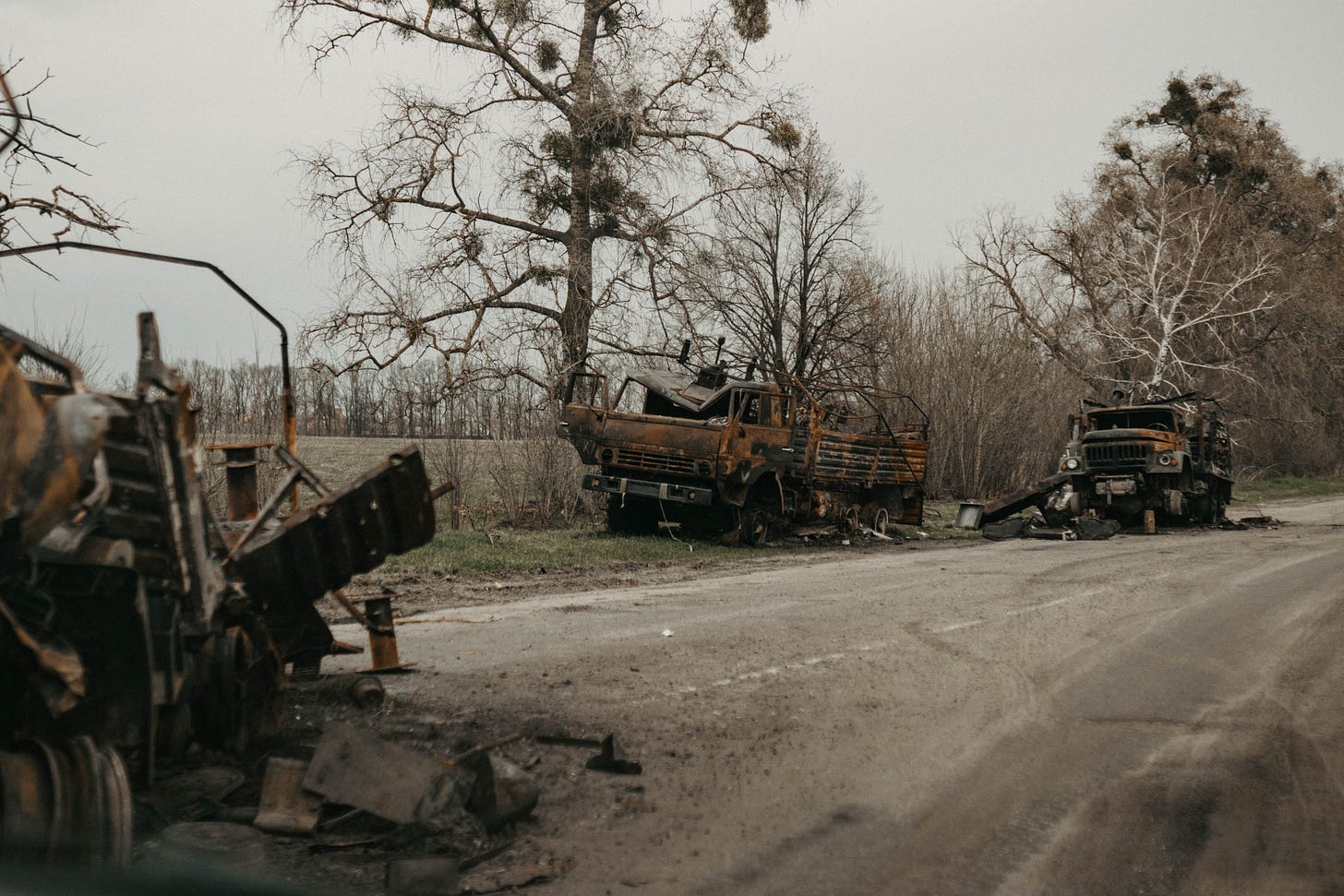
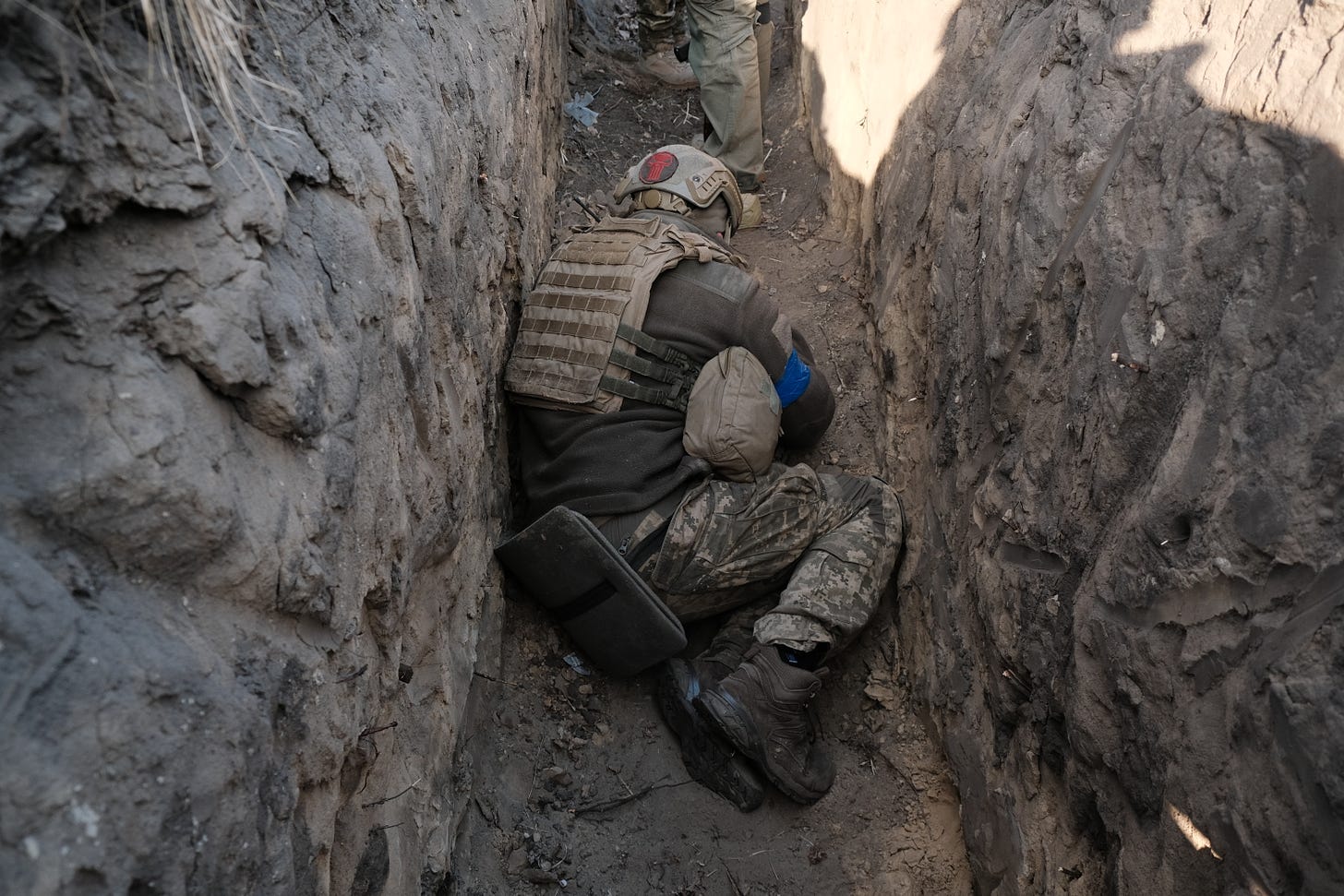
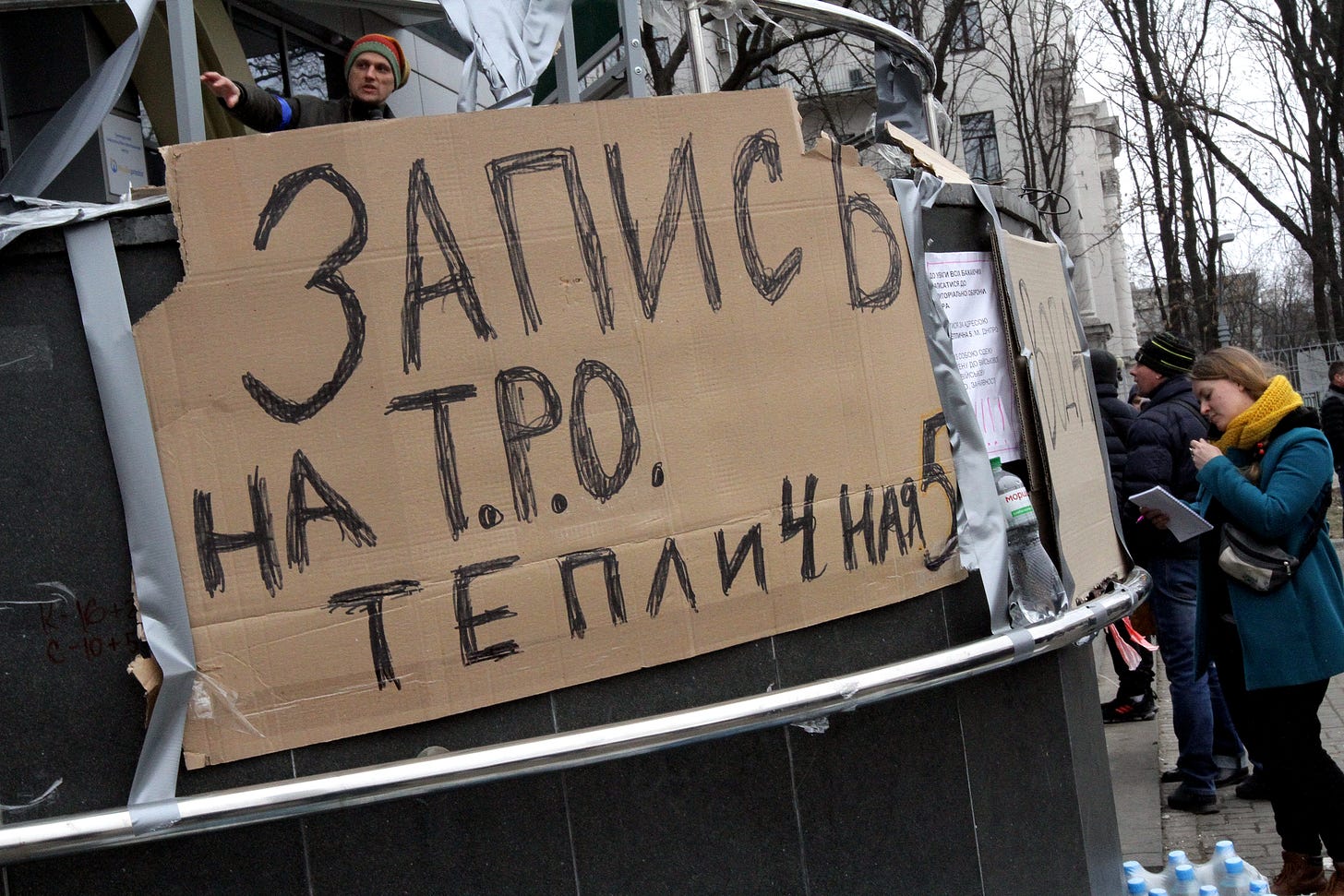
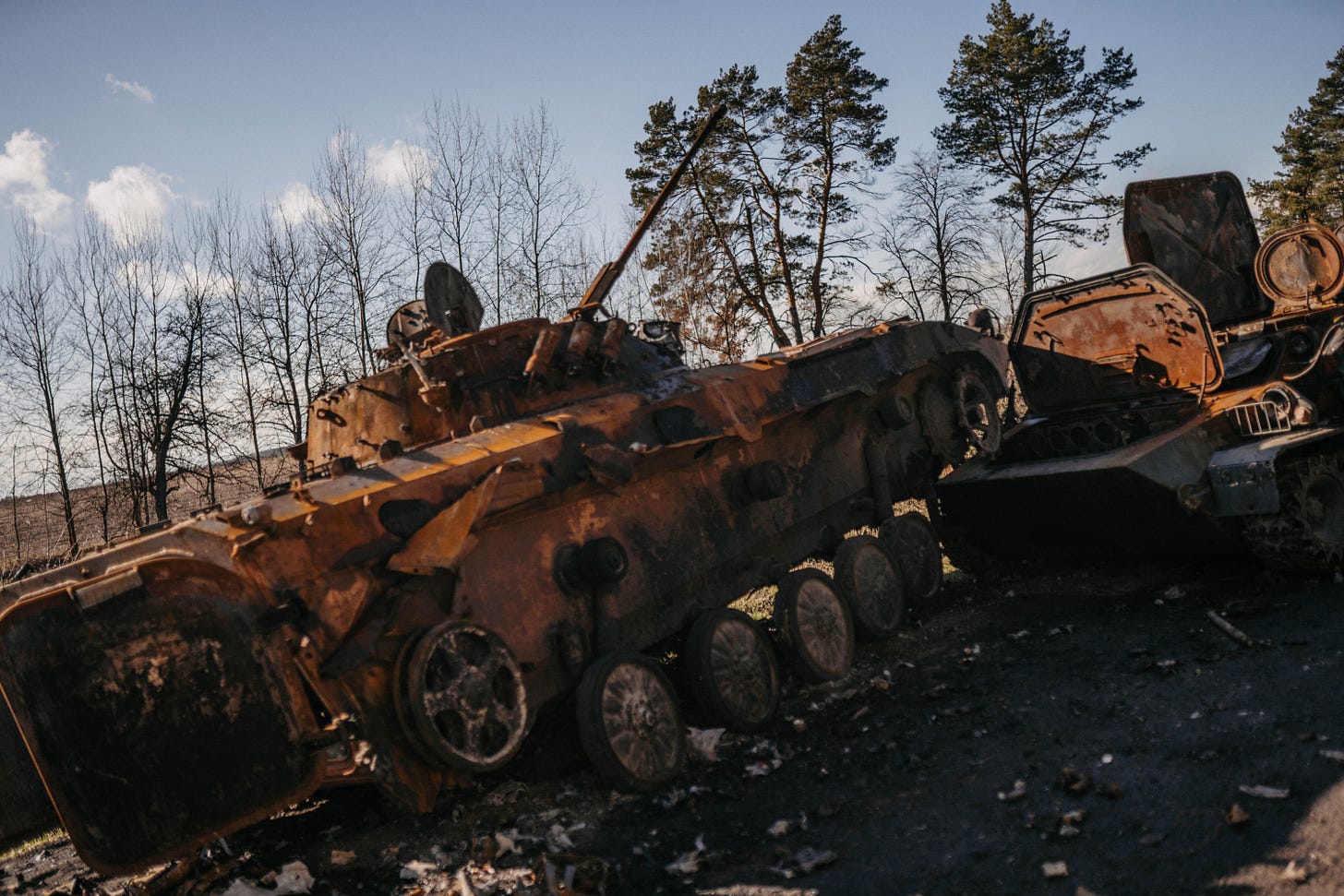
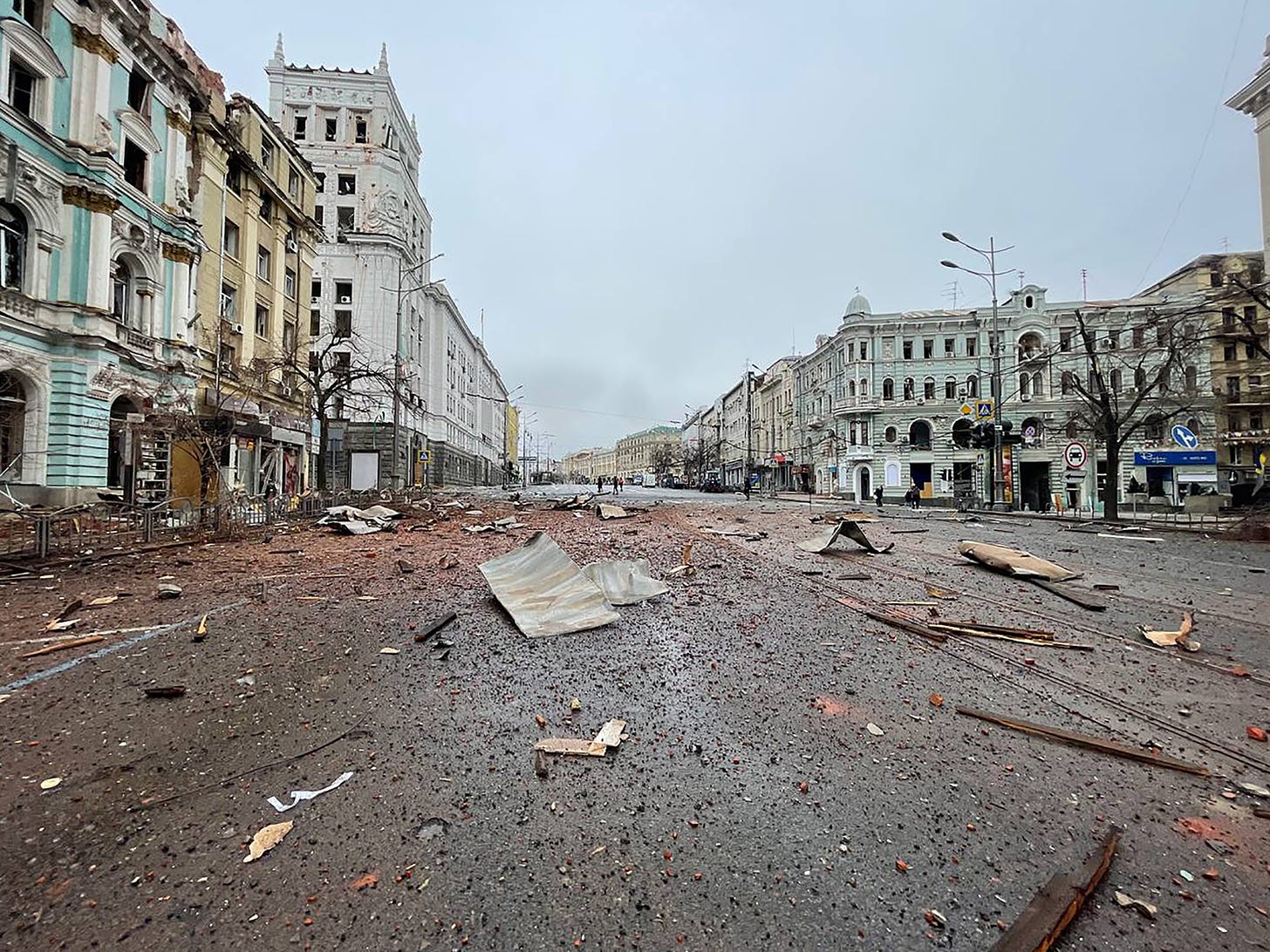
The problem with the strategic defensive, apart from the ones you mention, is that it allows Russia the opportunity to decide where, when , and in what numbers it will attack. This makes it harder for Ukraine to rotate troops and to prioritize defensive efforts. Russia is willing to suffer significant losses even for small gains on the theory that those gains add up. Just as you can move a heavy object by first pushing on one end, and then pushing on the other, and so on, so can you slowly degrade an army's will by attacking here, attacking there and continually making even small progress. I really worry that if Ukraine is forced onto the defensive for all of 2024, this will not end well.
I would not bet on continued aid from the west. My country Australia preferred to scrap 45 helicopters rather than give them to Ukraine, and Republicans will continue to block Ukraine aid in the House whenever they can it seems. You will have to rely on yourselves. It sounds harsh but that is the reality. Western nations are virally infected with a type of "we don't need to be involved in those foreign nations, let's spend the money here" mentality, and Carlson and co are the ones driving it. It is unfortunately an argument which is gaining momentum.